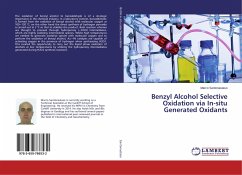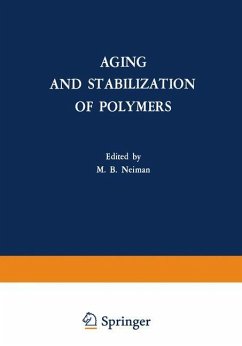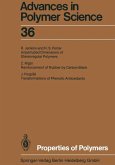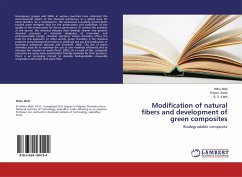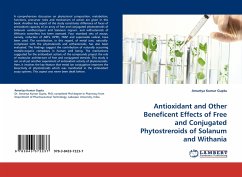Peroxide-initiated melt-state radical chemistry is extensively used to modify polyolefins and produce value-added products such as thermoset plastics and adhesive, blend and composite formulations. Recent advances involving the use of nitroxyls to trap peroxide-derived radicals have led to discoveries concerning hydrogen atom transfer yields and regioselectivity for butyl rubber, as well as a potential latent antioxidant for suppressing polyolefin oxidation. This book contains two manuscripts for submission and an introduction to build background knowledge on the subject of melt-state polyolefin modification. The first manuscript focuses on additive effects on peroxide-initiated butyl rubber crosslinking and trimethylsilane grafting. The second work focuses on finding a latent antioxidant that retards undesirable oxidation of polyolefins, while not significantly impeding peroxide-initiated modification.


